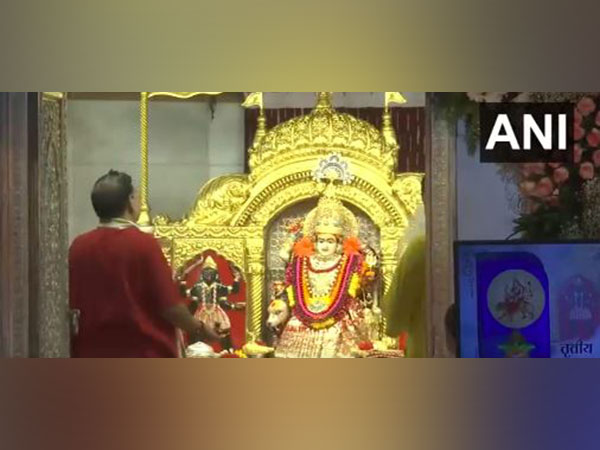Sacred Rituals and Festivities: Celebrating Shardiya Navratri Across India
On the fourth day of Shardiya Navratri, the morning aarti at Delhi's Jhandewalan Mata temple honored Goddess Kushmanda. Known for bestowing the power to overcome adversity, Goddess Durga's nine forms are revered nationwide through rituals. Celebrations vary, from Ramlila in North India to the grand finale of Dussehra.

- Country:
- India
On Sunday morning, the Jhandewalan Mata temple in Delhi witnessed the performance of the morning aarti to commemorate the fourth day of Shardiya Navratri. This day is significant as devotees worship Goddess Durga in her manifestation as Mata Kushmanda.
Within Hindu philosophy, Goddess Kushmanda is celebrated as the supreme divinity of the solar system. Her blessings are believed to equip devotees with the strength to tackle illnesses, sorrows, and imperfections. The Navratri festival, derived from the Sanskrit term meaning 'nine nights,' focuses on the veneration of Goddess Durga and her nine avatars, known as Navdurga. Across India, the festival is marked by deep devotion, prayers, and rituals honoring the goddess in her various forms.
Although Hindus observe four Navratris annually, Chaitra Navratri and Shardiya Navratri are the most prominent due to their alignment with seasonal changes. Celebrations differ across regions, with North India's Uttar Pradesh, Uttarakhand, Bihar, and Madhya Pradesh hosting Ramlila performances, which dramatize scenes from the Ramayana. The festivities culminate with Vijayadashami, a day celebrated by burning effigies of King Ravana, symbolizing the victory of good over evil.
(With inputs from agencies.)










